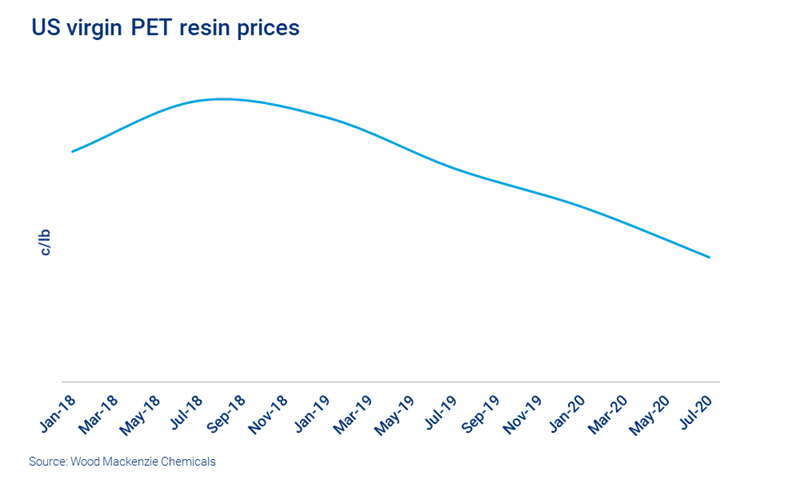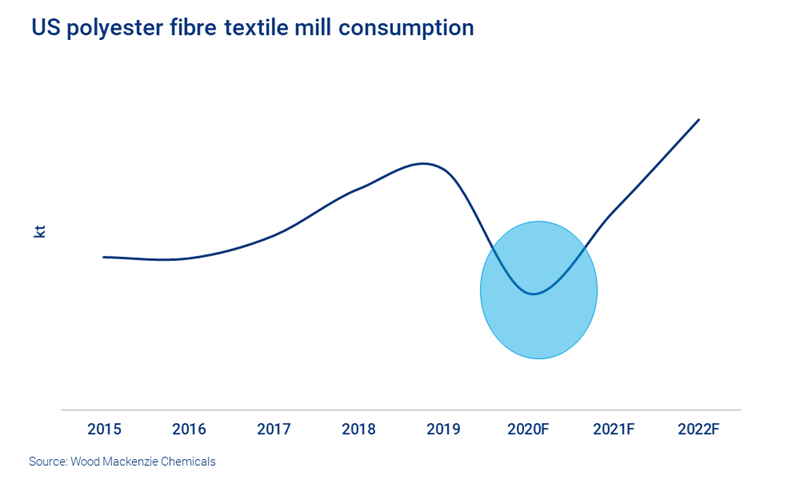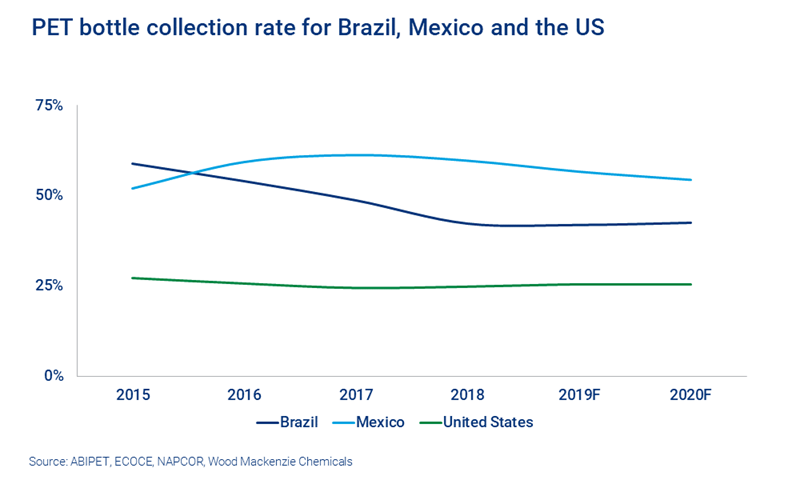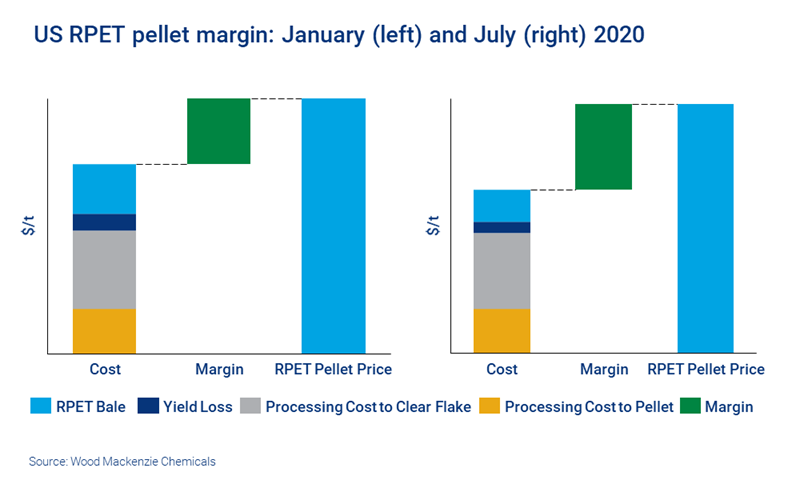Has Covid-19 changed the economics of plastics recycling?
The pandemic has affected collection rates, prices and margins – but the war on plastic is still on
1 minute read
By Michael Bermish, Principal Analyst, Alexandra Tennant, Senior Analyst PET and RPET, and Chloe Kinner, RPET Global Lead.
The global pandemic sent a shockwave through the plastic recycling industry. The impact of lockdown, industry closures and sudden shifts in product demand can be felt in every part of the recycling chain. What will the picture look like as the clouds begin to lift?
In a recent webinar we explored how coronavirus has affected the recycling industry in three core markets: the US, South America and Europe. With a detailed look at each stage of the process – collection, reclamation and reprocessing – we assessed the effect on margins and profitability, and what it means for the short and long-term outlook.
Fill in the form for a complimentary copy of the 42-slide presentation, Has Covid-19 changed the economics of recycling? Or read on for a summary of some of the key themes.
Falling prices mean virgin plastic is back
For manufacturers, replacing virgin plastic or VPET with recycled material (RPET) is key to their sustainability goals. But the price of VPET has seen a sharp fall in 2020. Raw-material costs were already declining, but the collapse of crude oil prices has steepened the drop.
As a result, in some areas – such as sheet or thermoform production – manufacturers are switching back to VPET, instead of using recycled product.
We’re now forecasting growth in VPET consumption in the US for 2020, despite the sharp economic recession. Travel restrictions and the absence of sports and entertainment events have seen the single-serve beverage market take a hit, but lockdowns have increased demand in other areas. Panic-buying and filled pantries have resulted in greater consumption of case bottle water and large-size juices, for example, as well as pandemic-specific items such as hand sanitiser and cleaning products.
The US fibres market has been hit hard – which will cut demand for recycled plastic
Food packaging and recycled bottles are the fastest-growing market for recycled plastic. But the largest end use is fibres, with a wide range of uses including fibrefill (pillow stuffing), home furnishings and carpets.
Lockdowns have had a massive impact on fibre demand. At the height of the pandemic, apparel stores and industries such as auto manufacturers and housebuilders all shut down temporarily. The one bright spot has been in personal protective equipment (PPE), with increased demand for face masks and visors.
Overall, for 2020, we expect fibre production to decline. There are signs of improvement as lockdowns ease, but any recovery in the second half of this year could be derailed by further waves of the virus.
Lockdown has skewed collection rates and industry supply
The recycling industry depends on a steady supply of reclaimed plastic for its feedstock. Slower consumption growth means the RPET industry is even more reliant on raising collection rates to increase volumes. Not surprisingly, this has been severely affected by countries going into lockdown.
South America’s collection rates tend to eclipse the US, due to economic incentives to return recyclable material. People collect bottles from the street or landfill to make money.
In Mexico, collections continued during lockdown but bottles for recycling were in shorter supply. While this was temporary, there is concern that the PET bottles that went uncollected have forever been lost to the circular economy.
By contrast, on the US west coast, particularly in California, there was evidence of people holding onto recyclable material while facilities were closed in lockdown. As a result, there was a substantial increase in supply when centres reopened in June.
How do the economics of recycling in South America differ from other parts of the world? Complete the form at the top of the page to find out more.
A (temporary) silver lining for margins
Coronavirus has actually resulted in an improvement in the economics for producers of some types of recyclable material.
In the US, there is still a premium for the clear flakes and pellets which are then processed into some new RPET products. Despite the fall in prices for baled bottles (the stage after sorting, where plastics are washed, grinded and pelletised), prices for RPET clear flakes and pellets have held up.
Why has this happened? In some segments companies have returned to using VPET, but in others brands remain committed to sustainability pledges. They are continuing to demand RPET, keeping the price higher.
This is positive, but it’s not yet clear how long these premiums can last. And it’s also not the case across the board. For example, in Europe flake prices have started to decline, meaning reclaimer margins have eroded substantially. Some producers are reporting they may need to reduce RPET production.
Where are margins most affected? Fill in the form at the top of the page for more detail on prices and margins in different regions.
Regulation is the main driver in Europe
Big brands’ commitment to recycling has played a huge part in the global sustainability surge. In Europe though, it’s arguably regulation that’s really driving change – particularly for non-consumer-facing companies, such as the sheet and strapping producers, who don’t face the reputational risk of switching from RPET to lower-cost VPET.
The implementation of the EU’s single-use plastic directive is still intact, although at a country level Italy has delayed its new plastic tax until 2021 and the UK has extended the consultation period for its packaging tax. There is a risk that without further investment into the infrastructure of the industry we’ll see companies and countries striving to meet a target, falling short, and letting the pandemic – and the significant disruption it caused – take the blame.
How does this change the long-term outlook for the industry? To find out more, fill in the form at the top of the page for a complimentary copy of the presentation slides from our recent webinar ‘Has Covid-19 changed the economics of recycling?’









